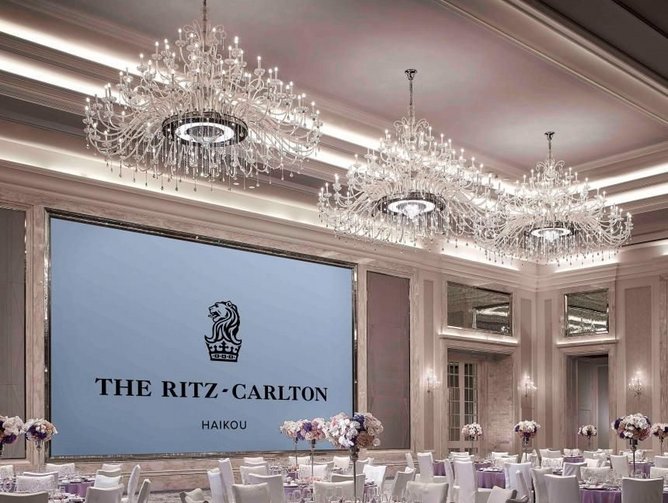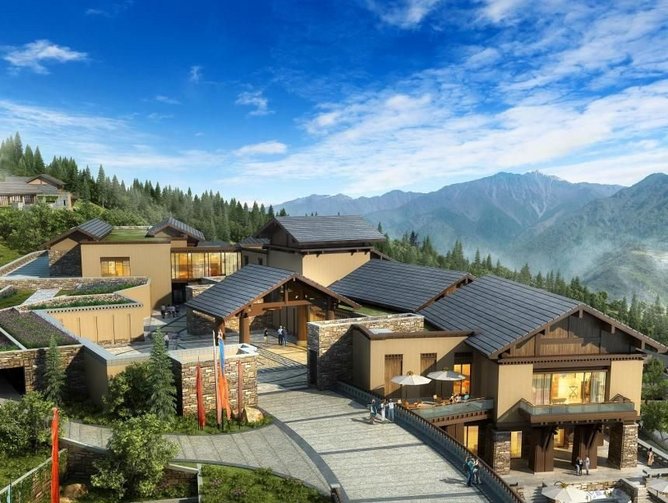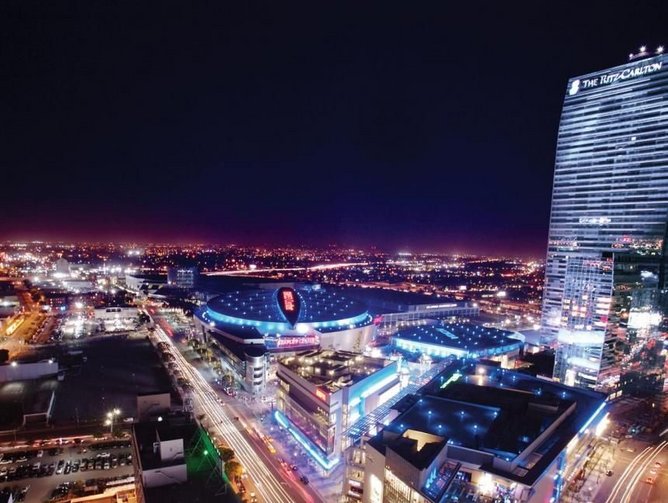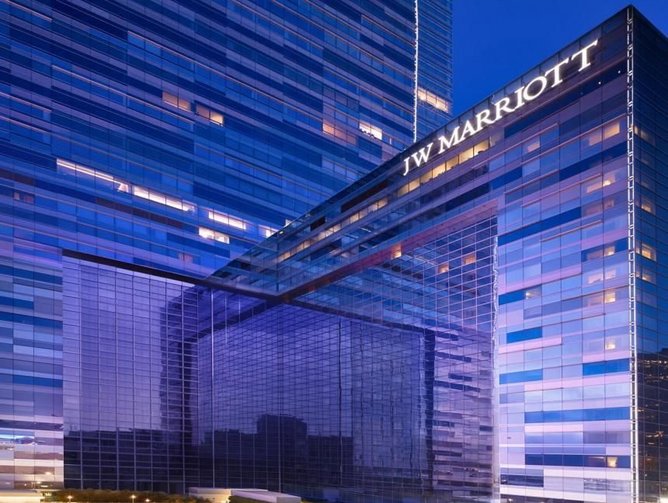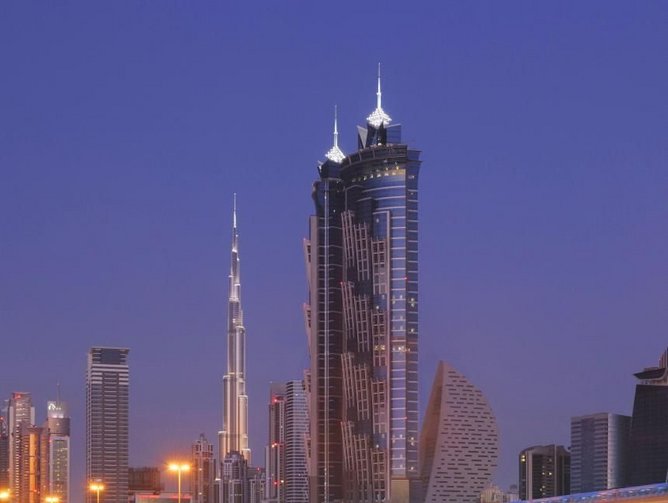How Marriott has achieved the mammoth task of streamlining its worldwide supply chain
The name ‘Marriott’ exemplifies the hospitality industry. It’s certainly among the first names that would spring to mind when considering hotels, and it has nine decades of expertise to thank for that level of prestige.
Marriott International celebrates its 90th birthday this year, having established itself in Washington DC in 1927. Still a family-led business after all this time, Marriott’s current Executive Chairman – JW Marriott Jr. (Bill) – is the son of the company’s founder, J. Willard Marriott Sr. The latter was an entrepreneur who opened an A&W root beer stand at the age of 27 and swiftly expanded it into a thriving restaurant chain. By the time J. Willard Marriott died in 1985, the company operated over 1,400 restaurants as well as 143 hotels and resorts worldwide.
Thanks to incredible expansion across these businesses, Marriott now controls over 6,000 properties in 110 nations, offering high-quality hospitality across most of the globe. Key to this level of success is supply chain operations – the process of ensuring consistent service across thousands of properties via the seamless acquisition and delivery of required products.
Enter Senior Vice President of Global Procurement at Marriott International, Stéphane Masson. Masson has worked in procurement for over 24 years, beginning in European operations then relocating to the US as his role evolved into overseeing the global market
Considering the age of the business, switching from region-specific operations to a global system is a relatively recent change. Masson explains how it began.
“Prior to 2001, Marriott operated procurement in a very US centric way. In 2001, the company decided to launch Avendra to support multiple companies, including Marriott’s procurement and hospitality supplies business in the Central and North American markets. At the same time, I was asked to put together and to lead a procurement organisation for the supply chain needs of Marriott outside of the US. So, for a period of time, we ran the two organisations in parallel – one for the US domestic market – Avendra – and one for the rest of the world, which was called Marriott International Procurement.
“In 2010, I was moved to the US in order to find a way to coordinate procurement by making sure that North America and the rest of the world could work together. That’s where we developed a global approach, resulting in a much efficient structure.”
A challenge came with the realisation that running a business within a domestic market is very different than running the same business internationally. The United States is self-contained, making logistical operations relatively simple, but the introduction of an additional 100+ nations significantly complicates matters.
“That’s where it was more challenging, to unify the process,” Masson explains. “But the positive side is that once it is achieved, you have a much better overview of what you’re doing, and can harmonise better for increased benefits to the customers, the hotels, and the owners. For instance, a lot of products are manufactured overseas. If you only do procurement in America, you don’t have access to the major manufacturing facilities in the world – you mainly work through distributors.
“One of the outcomes of this global focus was that Marriott strengthened access and contracting expertise. While there are a lot of challenges, there are much greater benefits in becoming more coordinated.”
People power
This system only works with a stable team of talented individuals. Masson acquires staff who are willing to undertake the kind of fast-paced tasks required by a mammoth organisation like Marriott, and these are people who end up staying with the renowned business for many years.
Marriott has divided the globe in continents. Each of them have a Continent Procurement Organisation reporting to Masson and to the concerned Continent Operation Leader. Each continent is divided into clusters, meaning a group of hotels in a country, city, state, or region. Masson identifies the best possible procurement leader within this cluster to negotiate contracts. The cluster leaders report to Marriott’s continent procurement leaders, and they grow into their roles in order to ensure a seamless supply chain.
“We support the growth of our people,” says Masson. “When we identify a person who is doing an amazing job, a person we believe can grow further, we promote them within our procurement structure.
“Most of our people already come from the industry and understand the requirements of procurement. Our job is to develop them further to develop their skills and meet the needs of Marriott International.”
Mergers and restructures
With expertise, reputation, and a dedicated staff in place, Marriott is prepared to create new success stories. One of its most impressive successes has been the recent acquisition of Starwood Hotels, a group of 1,200 properties. The deal to merge was finalised in September 2016, and the two companies now operate under the same Marriott name.
One would expect a deal of this size to cause some disruption, even to a hospitality giant like Marriott, but such was the level of preparation, the potential for difficulties were avoided.
“What we tried to achieve has never been done before,” Masson explains. “At least on this scale. In the US, the Starwood integration went very smoothly – we had far many more hotels and a solid structure to absorb 600 or 700 hotels. Outside of the US, where procurement is more complex, the process was potentially more difficult. The integration of Starwood spurred us to divide procurement into five work streams.”
This restructure, was designed to make Marriott’s supply chain as manageable as possible. It is part of the company’s Procurement 2020 Vision. The goals are:
- Ensuring supply chain continuity: “Number one was to make sure the hotels can continue to order whatever they need to serve guests, meaning we had to put a number of steps behind the scenes to ensure this continuity,” says Masson.
- Maintaining procurement support: “This is to make sure we maintain or improve the structure we already have.”
- Mitigate risks: “Making sure that any contracts we’re absorbing will reflect the new structure of the organisation, and will be globally applicable.”
- Integrating procurement systems: “This is integrating the two procurement structures under one a single umbrella, so they operate as one.”
- Implementing cost-saving measures: “This focusses on promoting saving. As you can imagine when we are merging two major organisations, there is a high level of expectation that there will be savings. So we put in place the necessary processes to leverage as much as we can in order to create savings for the benefit of the hotels, the owners, and making sure that our guests benefit from improved quality and better products.”
This restructure will ensure that any future acquisitions Marriot inevitably makes will be a fluid, simplified process. According to Masson, the development of the 2020 Vision has been encouragingly received with anticipation of positive outcomes.
“This was designed about 18 months ago, and we began to implement the integration in September of last year,” Masson says. “Step one, two, three, and four are almost complete. We are currently focused on the hotels and haven’t had a single disruption in the supply chain. We’ve also taken the best from each cluster team and created a new procurement organisation with them, and ensured that all the current agreements were in place before the Starwood merger. Now under a single format, as per the requirements of the brands, we work with and merge every line of procurement. This is almost complete for the North American market, so we’re now concentrating on delivering excellent service.”
Masson is quick to point out that this success is far from a one-man show: “It’s not my work – it’s the work of the entire procurement structure and the people we have in the field. We’ve been extremely lucky to work with suppliers – partners, really – who have helped us to grow this process in a way that’s never been done before on this scale.
“It really has been a team effort to get where we are today.”
Technology
Technology has been the axis on which Marriott’s transformation pivots. Any alteration to technology in an organization of this size can be a mammoth task, and one which has to suit every segment throughout the world in order for it to work effectively.
For Marriott, Masson says, the changes required for our supply chain are just common sense.
“The technology has changed the way we contract dramatically, and also the way that the hotels work. The deployment of Procurement 2020, which is basically a sourcing-to-pay strategy, is not something revolutionary. We know what to contract and where to source products, but we were missing the critical information which needed to be added.”
Marriott’s latest two-pronged attack includes a single platform for accounts payable, as well as a single platform for e-procurement. These streams work together so that the company negotiates a contract, uploads the contracting terms on the e-procurement platform, and when the goods reach the hotel, the invoice is paid automatically through the accounts payable system. A simple, effective process that ensures data that can be analysed and be transparent, enabling Marriott to better determine where commodities are needed, in real-time.
“This technology has changed the way we approach our business,” Masson explains. “For example, everybody believed that bacon was the largest spend item in a hotel. That was the perception. The fact is, we have seen that tomatoes and mushrooms overall represent a greater spend than just bacon, and by having access to this information – what the hotel really spends – you can change your strategy and behaviour. Right now, my team, in some markets, spends more time on tomatoes and mushrooms than trying to find new spend from bacon, because that’s where the most value can be found.
“This helps us to rationalise and focus on what we really need to get for the benefit of improved efficiency across the organisation.”
Marriott began using a centralised procurement structure, then moved to a decentralised one to make US-international business simpler, and now it uses a hybrid system which allows a much more flexible approach to procurement. The business centralises what makes sense to be centralised globally, and localises what makes sense to be procured locally from a business point of view.
“We do not contract everything centrally,” says Masson. “We have different layers of contracting support, so there is no overlap between deals. It’s whatever makes sense for a specific commodity. There is always a contract in place, but it must be in the best interest of the needs of the property. We take the best of both centralised and decentralised systems to form a workable hybrid.”
A hybrid process
This hybrid system, Marriott’s procurement vision, and the e-procurement process will all contribute to Marriott’s ambitious goal of reducing costs by $100mn. According to Masson, improved visibility, efficiencies, and contracting are helping the hotels to buy the right products, and the combination of this is allowing “synergy savings” to come through. “The merger with Starwood has accelerated these opportunities,” adds Masson.
The Starwood acquisition has also meant Marriott must step up its game with regard to sustainability, something the business is always looking to improve. Sustainability and diversity in procurement are paramount to the business, and things which are embedded in its contracting requirements when choosing a vendor.
“We’re always looking at how we can be “greener” within our supply chain,” Masson says. “Part of our e-procurement tool is allowing the hotels to identify which products are the ‘greenest’ products coming from diverse vendors. So it’s not just about finding the right product with the right vendor, but how we can educate and keep our hotels informed about what are the right products for their businesses. That’s why we are a step ahead.”
For now, Marriott’s focus is that improved visibility is a critical component of the business. Having achieved a high level of maturity in contracting, Marriott is now able to explore new areas as a result of the sheer volume of data which is now accessible.
“This is an exciting time for our organisation. We’re leading the hospitality market today, and we’re glad to be going through these acquisitions and mergers. Again, my team has done something that’s never been done before, and I am very proud of everything we’ve done so far.”
